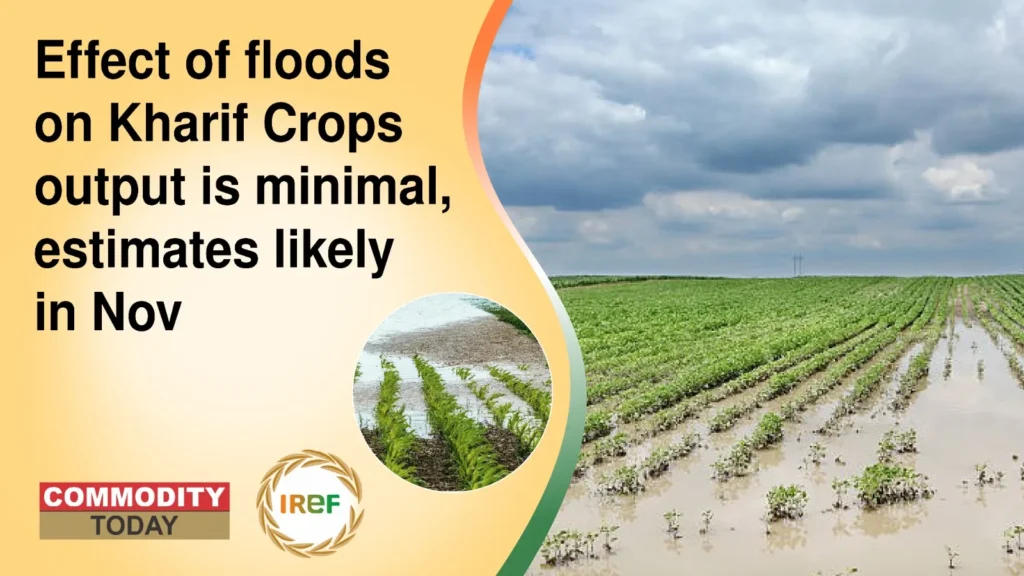Amid the speculations of a higher monsoon impact due to heavy rainfall and floods in August-September, some crop surveys have illustrated minimal damage to Kharif crops this year. The Agriculture Ministry has been concluding the inputs to announce the crop production estimates, which could be in the first week of November. According to the sources, 95% of the total area cultivated under paddy, less than 2 lakh hectares were affected due to the deadly Punjab floods. Paddy of this year, including Basmati, the enclosure in the state was 32.5 lakh hectare, marginally increased from last year.
MNCFC’s report over crop production damage
Mahalanobis National Crop Forecast Centre (MNCFC) stated that around 1.50 lakh hectares of area were captured using satellite-based remote sensing, due to the floods and heavy rainfall. As per sources, the quality of grains was affected in around another 5-7 lac hectares due to heavy rainfall. Its report cited that the affected crop area out of 1.5 lh was nearly 1.36 lh, which got submerged by rainwater accumulation as well as flood water. Mostly affected districts are Firozpur, Gurdaspur, Amritsar, Fazilka, Tarn Taran, and Kapurthala.
What about Haryana and Maharashtra?
Sources said that Maharashtra has also seen the monsoon impact since the state received heavy rainfall in the pre-harvesting period, in which the major affected districts were Nanded, Solapur, Yavatmal, Dharashiv, Beed and Ahmednagar. Shockingly, crop production, including soybean, cotton, tur, maize, jowar, urad, and moong, is likely to fall year-on-year due to lower yield in affected districts and crop damage. On the contrary, the Haryana farmers from Hisar and Bhiwani districts have reported partial loss of crop production, including cotton, moong and bajra due to heavy rainfall, whereas Nagaur of Rajasthan has been one of the worst-affected districts, where soybean, bajra, jowar, and groundnut were heavily affected.



